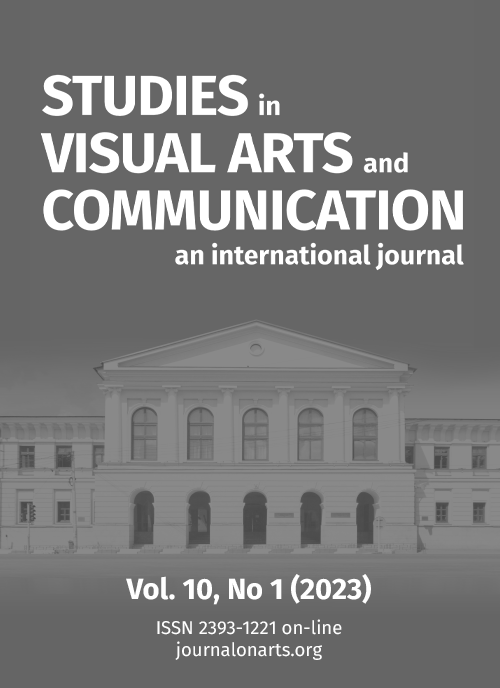Portraying the Victorian Era: The "Charles Darwin" photograph by Julia Cameron
Portraying the Victorian Era: The "Charles Darwin" photograph by Julia Cameron
Author(s): Patricia Kiss Spineli, Charles Morphy D. SantosSubject(s): Fine Arts / Performing Arts, Photography, Visual Arts, History of Art
Published by: Editura ARTES
Keywords: photographic language; portrait; Peirce; semiotics; evolution;
Summary/Abstract: Until the beginning of the 20th century, portraits and landscapes were the main subjects of photographic capture. In the period, such themes were prevalent due to technical and ideological concerns. Photography was considered a mimesis of reality. In this sense, science started to use photographs to reinforce time and place features. The portraits made in the 19th century by Julia Cameron fit this context. She registered figures of the Victorian intelligentsia, reflecting in her work the vision of the British Empire as the land of geniuses and intellectually virile men. Here, we discuss the portrait of Darwin made by Cameron in 1868 based on the reasoning of Peircean semiotics and photographic language (especially lightning, composition, photograph format, subject expression and gestures), establishing a parallel between Darwin as a person and scientist and his iconic representation. Cameron's portrait of Darwin employed lighting and composition to emphasize his intellect. Cameron's portrait of Darwin strengthens the constructed perception of 19th-century British scientists as self-assured men, knowledgeable and authoritative, who wielded leadership in their era. This portrayal aligns with the British imperial perspective of the time, emphasizing control over speech, language, and power.
Journal: Studies in Visual Arts and Communication
- Issue Year: 10/2023
- Issue No: 1
- Page Range: 11-19
- Page Count: 10
- Language: English

